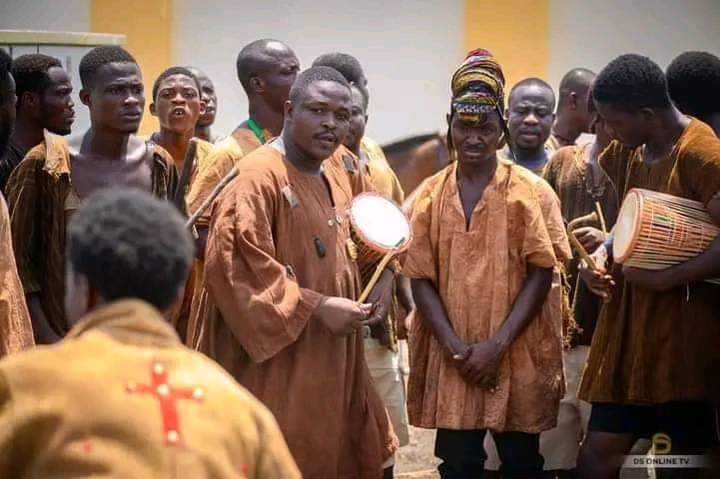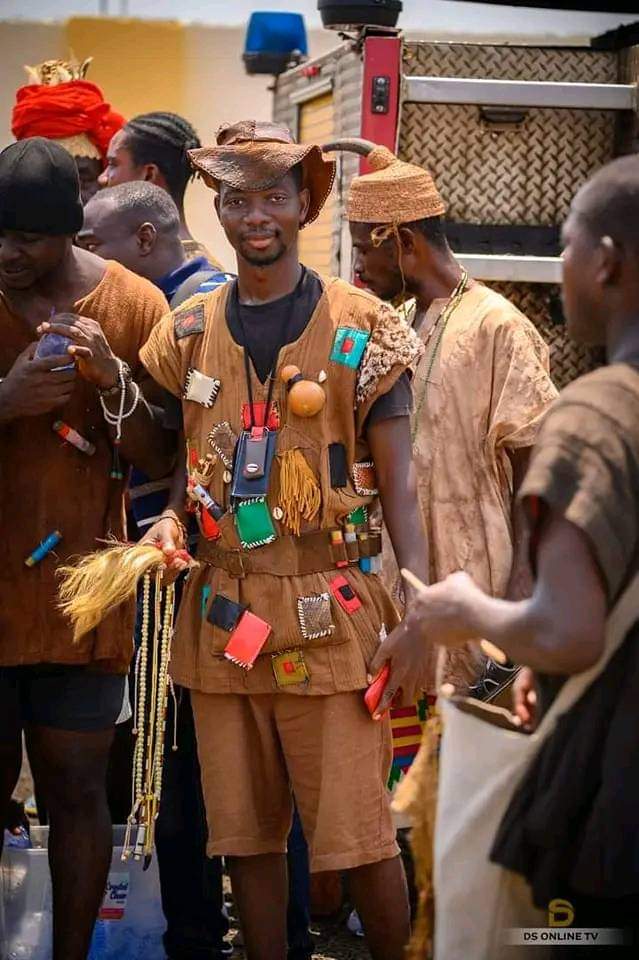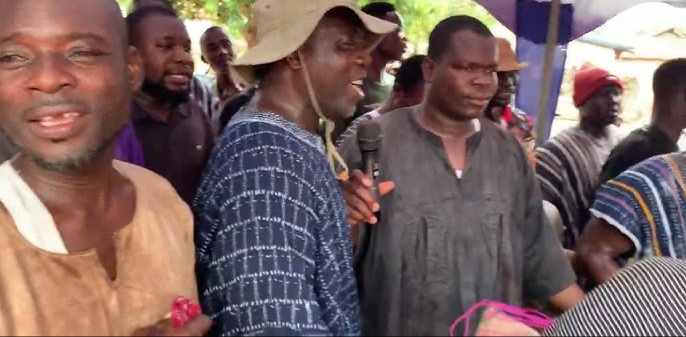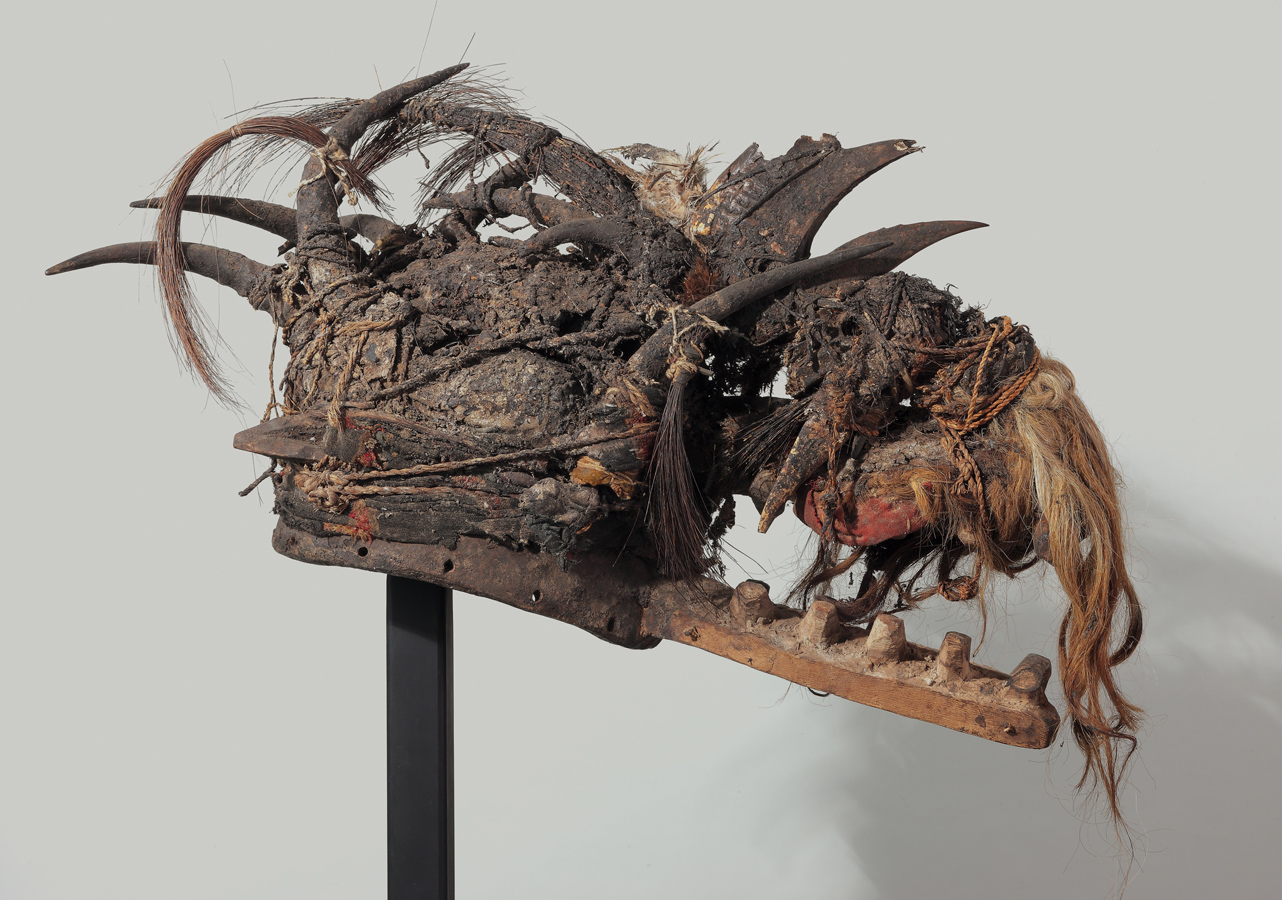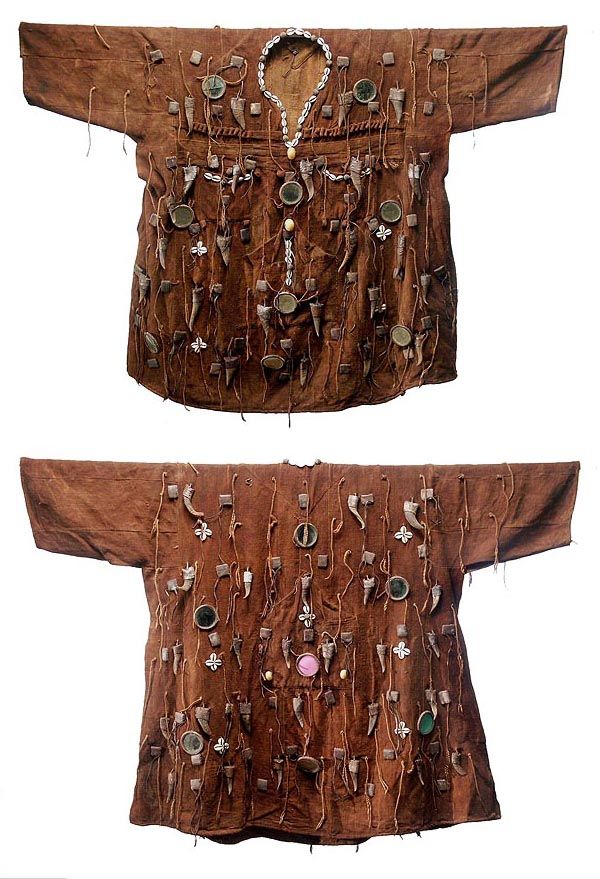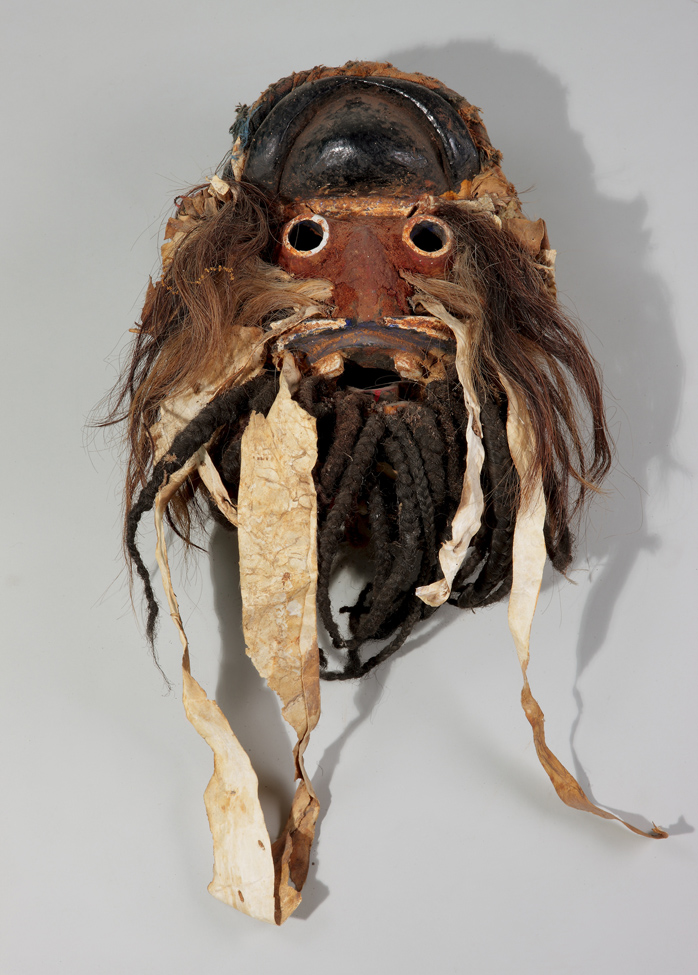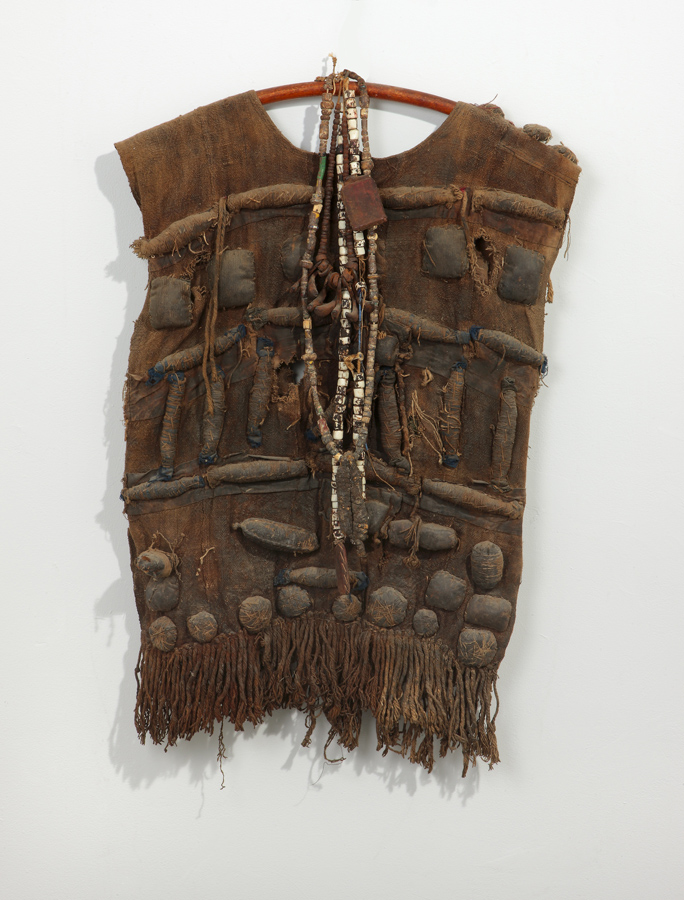Introduction
Across the vibrant tapestry of African traditions, dance plays a vital role in expressing identity, history, and communal values. Among the Ewe people of Ghana, Togo, and Benin, the Asafo Dance stands out as a powerful symbol of martial heritage and cultural pride. Rooted in the warrior traditions of the Ewe, this dance has evolved from a military ritual into a dynamic performance that preserves the collective memory of a people.
Origins of the Asafo Dance
The term “Asafo” originates from the Akan language, combining sa (war) and fo (people), translating to “war people.” Among the Ewe, Asafo groups functioned as militia units tasked with protecting their communities in times of war and unrest. These groups were highly respected and often served dual roles as both warriors and community leaders.
The Asafo Dance was an essential part of these warrior groups. It was performed before going into battle—to boost morale and seek spiritual protection—and after victorious returns to celebrate bravery and honor the fallen.
Ritual and Symbolism in the Dance
-
Pre-Battle Rites
- The Asafo Dance served as a spiritual and psychological preparation for war. Dancers mimicked battle maneuvers, often accompanied by fervent drumming and chants invoking the protection of the gods and ancestors.
-
Victory Celebrations
- After battles, the Asafo Dance was a way to recount victories and show gratitude. Warriors would reenact key moments, showcasing valor and unity, while the community gathered to celebrate and reflect.
From War Dance to Cultural Heritage
With the decline of traditional warfare, especially during the colonial and post-colonial periods, Asafo companies transitioned from militaristic roles to civic and ceremonial functions. They now take part in resolving disputes, organizing festivals, and performing rites of passage.
Today, the Asafo Dance is a staple at major festivals like the Hogbetsotso Festival in Ghana, and at funerals of notable individuals, preserving its role as a symbol of strength and communal pride.
Key Elements of the Asafo Dance
-
Music and Drumming
The dance is powered by the intense rhythms of traditional Ewe drums like the atumpan, sogo, and kidi. These instruments dictate the energy and pacing of the performance, adding emotional depth and urgency. -
Dance Movements
Strong, aggressive movements such as stomping, swinging arms, and simulated combat reflect the dance’s martial roots. Today, these movements also serve as storytelling tools, conveying historical events and cultural values. -
Cultural Symbolism
Beyond warfare, the Asafo Dance reflects leadership, spiritual strength, and unity. Songs performed alongside the dance often carry messages of wisdom, ancestral honor, and social commentary.
Costumes: Dressing the Warrior Spirit
The visual aesthetics of the Asafo Dance are as impactful as the movements. The costume plays a vital role in conveying the warrior identity and Ewe cultural symbolism.
-
Cloth Wraps and Batakari (Smocks)
- Dancers wear cloth wraps made of kente or other traditional weaves, often tied at the waist or draped over the shoulder. The batakari, a warrior smock, is worn to symbolize strength and authority.
-
Headgear
- Headbands or feathered crowns symbolize battle readiness and ancestral connection. These elements serve both decorative and spiritual functions.
-
Ornaments and Accessories
- Beads, cowries, and raffia are worn around arms, legs, and necks, producing rhythmic sounds and acting as protective charms.
-
Symbolic Weaponry
- Wooden swords, shields, and spears are used as props to simulate battle scenes. Though no longer functional, these items keep the warrior legacy alive.
-
Barefoot or Sandals
- Dancers typically perform barefoot, symbolizing a spiritual connection to the earth—a core tenet of Ewe belief systems.
-
Face and Body Paint
- Natural pigments like white clay or charcoal are applied to depict spiritual power and warrior status. Designs often reflect protection, courage, or identity.
The Warrior Smock: A Cultural Icon
The batakari (also known as fugu in other regions) is not just a costume—it’s a historical artifact. Traditionally handwoven and often imbued with protective amulets, it served both as spiritual armor and a symbol of authority. Today, it remains a key part of ceremonial dress among leaders and elders.
Conclusion: A Living Heritage
The Asafo Dance is more than a performance; it’s a living archive of Ewe history and values. From its martial origins to its modern role in cultural preservation, the dance continues to educate, unify, and inspire. In an age where many traditional practices risk fading into obscurity, the Asafo Dance reminds us of the resilience, creativity, and enduring spirit of African culture.
As we witness or participate in the Asafo Dance, we are not just watching a performance—we are engaging with a legacy.

